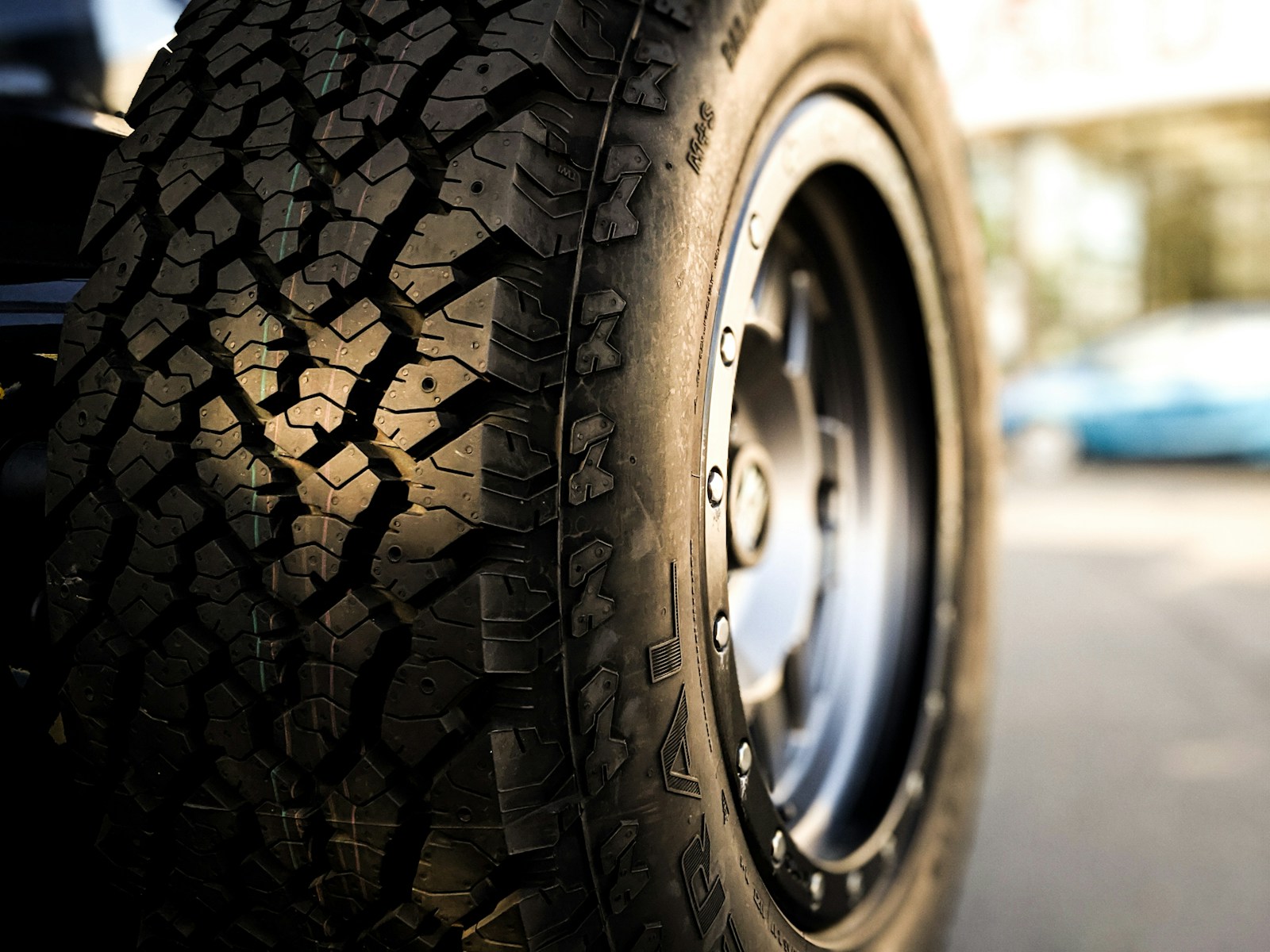
Every year, drivers collectively waste millions of dollars due to common tire care mistakes that compromise vehicle performance and safety. These errors not only lead to increased fuel consumption but can also result in premature tire replacement, driving up costs for vehicle owners. Understanding these mistakes is crucial for maintaining both the longevity of tires and the wallet.
1. Neglecting Tire Pressure Checks
According to the National Highway Traffic Safety Administration (NHTSA), under-inflated tires can reduce fuel efficiency by up to 3% for every 1 psi drop in pressure. Many drivers overlook the importance of checking tire pressure regularly, leading to increased fuel expenses and the risk of blowouts. For example, a 2021 Honda Civic that consistently runs on under-inflated tires could see an average increase of $30 to $50 annually in fuel costs.
To avoid this mistake, drivers should check their tire pressure at least once a month and before long trips, using a reliable gauge. The recommended tire pressure for a vehicle can typically be found in the owner’s manual or on a sticker located on the driver’s side door jamb.
2. Ignoring Tread Wear
Worn tires pose a significant safety hazard and can lead to costly accidents. The U.S. Department of Transportation suggests that tires should have at least 2/32 of an inch of tread depth to ensure adequate traction. Failing to monitor tread wear can lead to reduced control of the vehicle, especially in wet conditions, increasing the risk of hydroplaning and accidents.
Drivers should regularly inspect their tire tread using the penny test. Placing a penny into the tread with Lincoln’s head facing down will help determine if the tread is sufficient. If the top of Lincoln’s head is visible, it’s time to replace the tires. Neglecting this simple check can result in an unexpected $600 to $800 expense for a full set of new tires.
3. Skipping Regular Rotations
Most vehicle manufacturers recommend rotating tires every 5,000 to 8,000 miles to ensure even wear. Skipping this maintenance can lead to uneven tread wear, reducing the lifespan of the tires and potentially costing drivers hundreds of dollars. For instance, a set of tires for a 2020–2022 Ford F-150 typically costs around $800, and uneven wear could mean replacing them much sooner than necessary.
By adhering to a regular rotation schedule, drivers can extend the life of their tires and avoid premature replacement. Scheduling rotations during routine oil changes can make this task easier and less forgettable.
4. Overloading the Vehicle
Every vehicle has a specified weight limit that should not be exceeded. Overloading a vehicle can lead to excessive tire wear and increased risk of blowouts while driving. The NHTSA states that exceeding the recommended load can decrease tire lifespan by up to 25%, not to mention increase fuel consumption.
For example, a 2021 Toyota RAV4 has a maximum load capacity of approximately 1,200 pounds. Exceeding this limit not only puts the tires at risk but can also compromise vehicle handling and safety. To avoid this mistake, drivers should familiarize themselves with their vehicle’s load specifications, which are usually detailed in the owner’s manual or on the vehicle’s placard.
5. Underestimating the Importance of Alignment
Misalignment can cause uneven tire wear, leading to premature replacement and increased fuel costs. According to tire industry experts, misaligned tires can decrease fuel efficiency by as much as 10%. For a vehicle averaging 15,000 miles a year, this could translate into an additional $150 annually in fuel costs.
Drivers should look for signs of misalignment, such as uneven tire wear or the vehicle pulling to one side while driving. Regularly scheduled alignments, typically recommended every 12,000 miles, can help prevent these issues. Spending approximately $75 to $100 on an alignment can save hundreds in tire replacement and fuel costs over time.
Take Action Now
Addressing these common tire care mistakes can significantly reduce unnecessary expenses and enhance vehicle safety. Regularly checking tire pressure, monitoring tread wear, adhering to rotation schedules, avoiding overloading, and ensuring proper alignment are all critical practices. With the average driver spending over $1,000 annually on tire maintenance and replacements, making these adjustments can lead to substantial savings.
Don’t wait until it’s too late; take proactive steps to ensure your tires are in optimal condition today.
